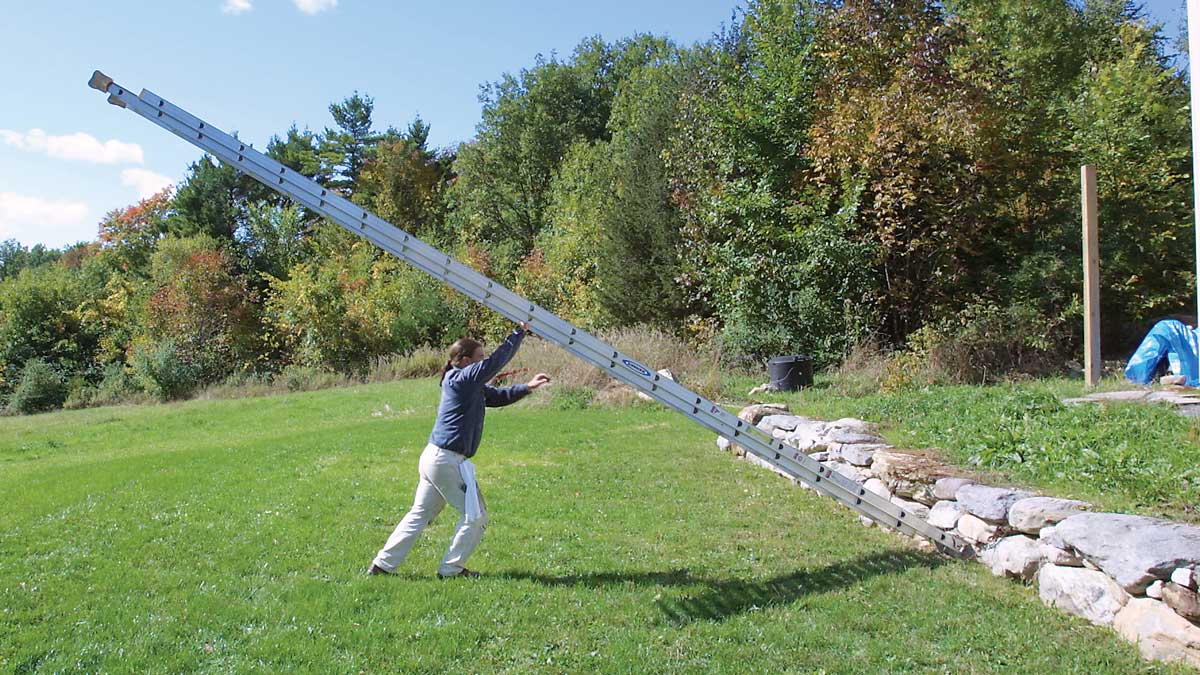

Articles
How To Extend Extension Ladder
Modified: October 18, 2024
Learn how to safely extend your extension ladder with these helpful articles. Find tips and techniques for reaching greater heights in your projects.
(Many of the links in this article redirect to a specific reviewed product. Your purchase of these products through affiliate links helps to generate commission for Storables.com, at no extra cost. Learn more)
Introduction
Extension ladders are a versatile tool that can come in handy for various tasks such as painting, cleaning gutters, or accessing high areas. However, using an extension ladder requires caution and proper technique to ensure safety and stability. In this article, we will provide a comprehensive guide on how to safely extend an extension ladder and use it effectively.
Before attempting to extend the ladder, it is crucial to familiarize yourself with some important safety precautions. Taking these precautions will help minimize the risk of accidents or injuries while using the extension ladder.
Key Takeaways:
- Prioritize safety by following essential precautions, inspecting, extending, securing, and testing the stability of your extension ladder. Proper storage and maintenance ensure longevity and safe future use.
- Use your extension ladder effectively by maintaining three points of contact, securing the ladder extension, and following proper usage guidelines. Prioritize safety, stability, and proper storage for a worry-free experience.
Read more: How To Extend An Electrical Cord
Safety Precautions
When working with extension ladders, safety should always be your top priority. Before extending the ladder, make sure to follow these safety precautions:
- Choose a suitable location: Ensure that you set up the extension ladder on a flat, stable surface. Avoid placing it on slippery or uneven ground that may compromise its stability.
- Inspect the ladder: Before each use, carefully inspect the ladder for any visible defects, such as damaged rungs, loose bolts, or bent rails. If you notice any issues, do not use the ladder and seek repairs or replacements as necessary.
- Check weight capacity: Extension ladders have weight limits indicated by the manufacturer. Make sure to check the weight capacity and never exceed it. Consider the weight of both yourself and any tools or materials you will be carrying.
- Use proper footwear: Wear sturdy, non-slip shoes or boots to ensure a firm grip on the ladder’s rungs. Avoid wearing sandals, flip-flops, or high heels that may increase the risk of slipping or losing balance.
- Use fall protection: If working at significant heights, consider using appropriate fall protection equipment, such as a full-body harness and safety lanyard. This will provide an extra layer of protection in case of accidental slips or falls.
- Maintain three points of contact: Always maintain three points of contact with the ladder while climbing or descending. This means having both hands and one foot, or both feet and one hand, firmly planted on the ladder at all times.
- Consider environmental factors: Take note of the weather conditions before using the extension ladder. Avoid using it during strong winds, heavy rain, or other adverse weather conditions that may affect stability and safety.
- Communication and clearance: If using the ladder near others, communicate your intentions and ensure there is enough clearance for safe movement. Avoid extending the ladder near power lines or other overhead obstacles.
These safety precautions are essential to prevent accidents and ensure that you can work with the extension ladder in a secure and controlled manner. Taking the time to adhere to these guidelines will go a long way in ensuring safe usage.
Checking the Ladder
Before extending the ladder, it is crucial to thoroughly inspect it to ensure that it is in proper working condition. Follow these steps to check the ladder:
- Start with a visual inspection: Look for any visible signs of damage, such as cracks, dents, or bent rungs. Inspect the ladder’s rails to ensure they are straight and not warped. If you notice any issues, do not use the ladder and seek repairs or replacements as necessary.
- Test the stability: Set up the ladder on a flat surface and give it a gentle shake to check for any excessive wobbling or instability. If the ladder feels loose or unsteady, readjust it or choose a different location.
- Check the locking mechanisms: Extension ladders have locking mechanisms that secure the ladder in the extended position. Test these mechanisms to ensure they engage properly and hold the ladder securely. If the locking mechanisms are damaged or malfunctioning, the ladder should not be used.
- Inspect the feet: Examine the ladder’s feet for signs of wear or damage. The feet should be clean, intact, and have a non-slip grip. If the feet are worn out, replace them to maintain stability.
- Look for foreign objects: Check the ladder for any debris or objects that may obstruct its proper functionality. Remove any loose screws or nails and clear away any debris that could cause tripping hazards.
By checking the ladder thoroughly and addressing any issues before extending it, you can ensure that the ladder is safe and reliable to use. Remember, it is better to take the time to inspect and address any concerns rather than risking accidents or injuries.
Extending the Ladder
Now that you have inspected the ladder and ensured its safety, it’s time to extend it to the desired height. Follow these steps to extend the ladder:
- Position the ladder: Place the base of the ladder against the wall or structure you will be working on. Make sure it is positioned at a stable angle, typically around a 75-degree angle.
- Unlock the ladder sections: Locate the locks or catches on the side of the ladder that secure the sections in place. Unlock these locks by pulling or releasing them, depending on the mechanism.
- Pull the ladder sections apart: Grasp both sides of the ladder and carefully pull them apart. Start with the bottom section and extend it fully before extending the upper sections.
- Click the locks into place: As you extend each section, listen for the locking mechanisms to engage and secure the ladder in place. Make sure the locks are fully engaged before proceeding to the next section.
- Extend the ladder to the desired height: Continue extending the ladder sections until you reach the desired height. Take caution not to overextend the ladder beyond its recommended height.
It is important to take your time and extend each section carefully, ensuring that the locks fully engage before moving on. Rushing this process can lead to instability and compromise your safety.
Always remember to maintain a firm grip on the ladder while extending and be cautious of your surroundings. If you are unsure about extending the ladder or need assistance, do not hesitate to seek help from a qualified individual.
Securing the Extension
Once the ladder is extended to the desired height, it is essential to secure the extension properly to ensure stability and safety while working. Follow these steps to secure the ladder extension:
- Verify the locks: Double-check that the locking mechanisms on each ladder section are fully engaged and secure. Confirm that they are holding the ladder in place and preventing any movement.
- Check the overlap: If your ladder has overlapping sections, ensure that the overlap is sufficient for stability. The recommended overlap is typically around 1-3 feet, depending on the ladder’s design and manufacturer’s guidelines.
- Add tie-down straps: For additional security, consider using tie-down straps or bungee cords to secure the ladder extension to a fixed structure. This will prevent the ladder from sliding or wobbling during use.
- Use ladder stabilizers: If you are working on an uneven or soft surface, consider using ladder stabilizers or stand-off brackets. These attachments provide a wider base and increase the ladder’s stability on challenging surfaces.
- Ensure even footing: Make sure the ladder’s base is sitting evenly on the ground or floor. Adjust the ladder’s position if necessary to achieve stability and prevent any wobbling or tilting.
Take the time to properly secure the ladder extension before starting any work. This will minimize the risk of accidents and ensure that you can perform your tasks with confidence and stability.
If you have any concerns about securing the extension or need guidance on specific ladder models, refer to the manufacturer’s instructions or consult with a professional for assistance.
When extending an extension ladder, make sure the locks on each section are engaged before climbing. Always have a spotter to hold the base steady.
Testing the Stability
Once you have extended and secured the ladder, it is crucial to test its stability before using it for any work. Testing the ladder’s stability will help ensure your safety throughout the task. Follow these steps to test the stability of the ladder:
- Apply weight to the ladder: Before climbing onto the ladder, apply some weight to it by gently stepping on the bottom rung. This step will help reveal any potential instability or wobbling of the ladder.
- Check for movement: As you stand on the ladder, pay attention to any excessive movement or wobbling. A stable ladder will have minimal movement, while an unstable ladder may shake or sway even with slight weight applied.
- Assess the ladder’s grip: Test the grip of the ladder against the wall or structure it is leaning on. The ladder should have a firm and secure grip, without any significant slippage or movement away from the supporting surface.
- Inspect the locks and connections: While on the ladder, inspect the locking mechanisms and connections to ensure they remain engaged and secure. Look for any signs of loosening or detachment that may compromise the ladder’s stability.
- Perform minor adjustments if necessary: If you notice any instability or issues during the stability test, carefully descend the ladder and make necessary adjustments. These adjustments may include repositioning the ladder or tightening any loose connections.
Testing the ladder’s stability is a critical step in ensuring your safety while working at height. If you encounter significant instability or feel uncomfortable with the ladder’s stability, refrain from using it and seek alternative solutions or professional assistance.
Remember to always prioritize your safety and take the necessary precautions to avoid accidents or injuries.
Using the Ladder
Now that you have ensured the ladder’s stability, it’s time to use it for your intended task. Follow these guidelines to safely and effectively use the ladder:
- Position yourself correctly: Stand facing the ladder and maintain a centered position with both feet firmly planted on the ladder rungs. Keep your body close to the ladder and avoid leaning too far to either side.
- Maintain three points of contact: As you climb or descend the ladder, always maintain three points of contact. This means having either both feet and one hand or both hands and one foot on the ladder at all times.
- Avoid overreaching: To maintain balance and stability, avoid overreaching while on the ladder. Instead, reposition the ladder as needed to bring your work within a comfortable reach.
- Keep your workspace clear: Ensure that your work area is free of any clutter or obstacles that could impede your movement or cause tripping hazards. Keep tools and materials securely within reach.
- Use the ladder for its intended purpose: Follow the ladder’s guidelines and limitations set by the manufacturer. Avoid using the ladder for tasks that exceed its recommended weight capacity or for purposes it is not designed for.
- Move the ladder safely: If you need to move the ladder to a different location, descend it first and carry or reposition it with the assistance of another person, if necessary. Do not attempt to move the ladder while you are still on it.
- Stay aware of your surroundings: While working on the ladder, be aware of your surroundings and any potential hazards. Look out for overhead obstacles, electrical wires, or any other dangers in your vicinity.
- Take breaks when needed: If your task is prolonged, take regular breaks to rest and prevent fatigue. Climbing up and down the ladder repeatedly can be physically demanding, so listen to your body and pace yourself accordingly.
By following these guidelines, you can use the ladder safely and effectively, minimizing the risk of accidents or injuries. Remember to always prioritize your safety and adhere to proper ladder usage techniques.
Storing the Ladder
Proper storage of your extension ladder is essential to maintain its longevity and ensure its safety for future use. Follow these steps for proper ladder storage:
- Clean the ladder: Before storing the ladder, give it a thorough cleaning to remove dirt, debris, or any other substances that may have accumulated during use. Use a brush or damp cloth to wipe down the ladder and let it dry completely.
- Collapse the ladder: If your extension ladder is collapsible, follow the manufacturer’s instructions to fold or collapse the ladder into its compact form. Ensure that all locks and mechanisms are secure before moving on to the next step.
- Organize and secure accessories: If your ladder has any removable accessories or attachments, such as stabilizers or stand-off brackets, remove and store them separately. Keep them in a designated storage area or attach them securely to the ladder.
- Choose a suitable storage location: Select a storage space that is dry, well-ventilated, and protected from extreme temperatures or direct sunlight. Avoid storing the ladder in areas prone to moisture or humidity, as it can lead to rust or corrosion.
- Store vertically or horizontally: Depending on the available space, you can store the ladder vertically or horizontally. If storing vertically, make sure to secure it against a wall or use ladder storage hooks. If storing horizontally, use a ladder storage rack or lay it flat on its side.
- Protect the ladder: To prevent any accidental damage or scratches, place a protective covering or padding on the contact points between the ladder and the storage surface. This will help maintain the ladder’s condition during storage.
- Regularly inspect and maintain: Periodically inspect the ladder during storage to ensure it remains in good condition. Check for any signs of damage, such as rust, wear, or loose components. Address any issues promptly to ensure the ladder’s safety and functionality.
By following these steps, you can store your extension ladder properly, preserving its quality and ensuring it is ready for future use. Remember to always refer to the manufacturer’s guidelines for specific storage recommendations for your ladder model.
Conclusion
Using an extension ladder can be a valuable tool for a variety of tasks, but it’s important to prioritize safety and follow proper techniques. By adhering to safety precautions, checking the ladder’s condition, extending it correctly, securing the extension, testing stability, using the ladder properly, and storing it correctly, you can ensure a safe and successful experience.
Remember to always inspect the ladder before each use, paying attention to any visible damage or defects. Familiarize yourself with the ladder’s weight capacity and wear appropriate footwear for a secure grip. Utilize fall protection equipment if required and maintain three points of contact while climbing.
When extending the ladder, take your time and make sure each section is properly locked into place before moving on. Secure the ladder extension with tie-down straps if needed, and consider using ladder stabilizers for added stability on challenging surfaces.
Before using the ladder for your tasks, test its stability by applying weight and checking for excessive movement. Once you start working on the ladder, maintain proper footing, avoid overreaching, and keep your workspace clear of obstacles.
When you are done using the ladder, clean it thoroughly and store it in a suitable location, either vertically or horizontally, ensuring it is protected from moisture and extreme temperatures. Regularly inspect and maintain the ladder during storage to address any issues promptly.
By following these guidelines and prioritizing safety, you can confidently use and store your extension ladder while minimizing the risk of accidents and injuries. Remember, your safety is paramount, and taking the necessary precautions will make your ladder experience more successful, efficient, and worry-free.
Frequently Asked Questions about How To Extend Extension Ladder
Was this page helpful?
At Storables.com, we guarantee accurate and reliable information. Our content, validated by Expert Board Contributors, is crafted following stringent Editorial Policies. We're committed to providing you with well-researched, expert-backed insights for all your informational needs.

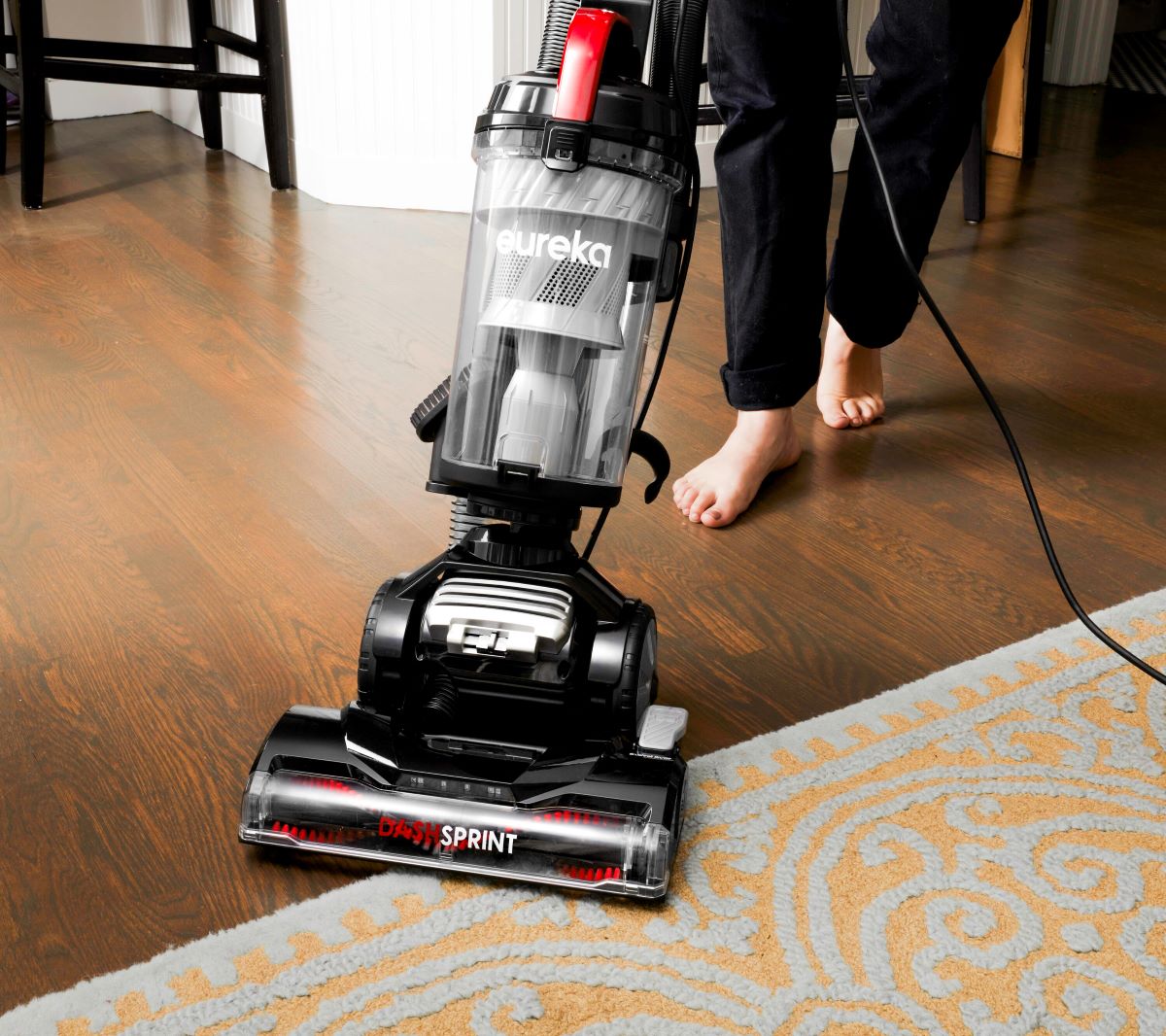

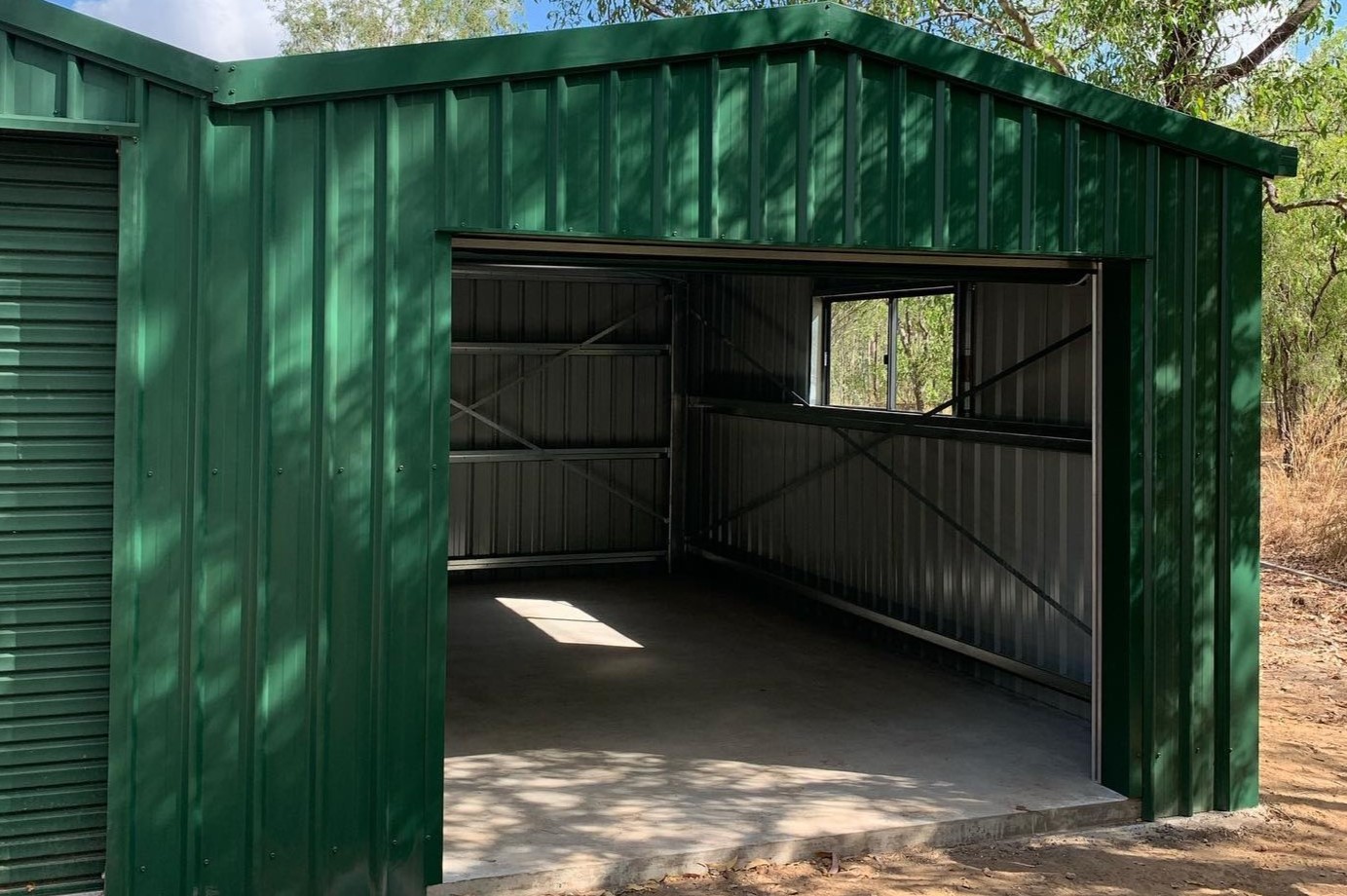

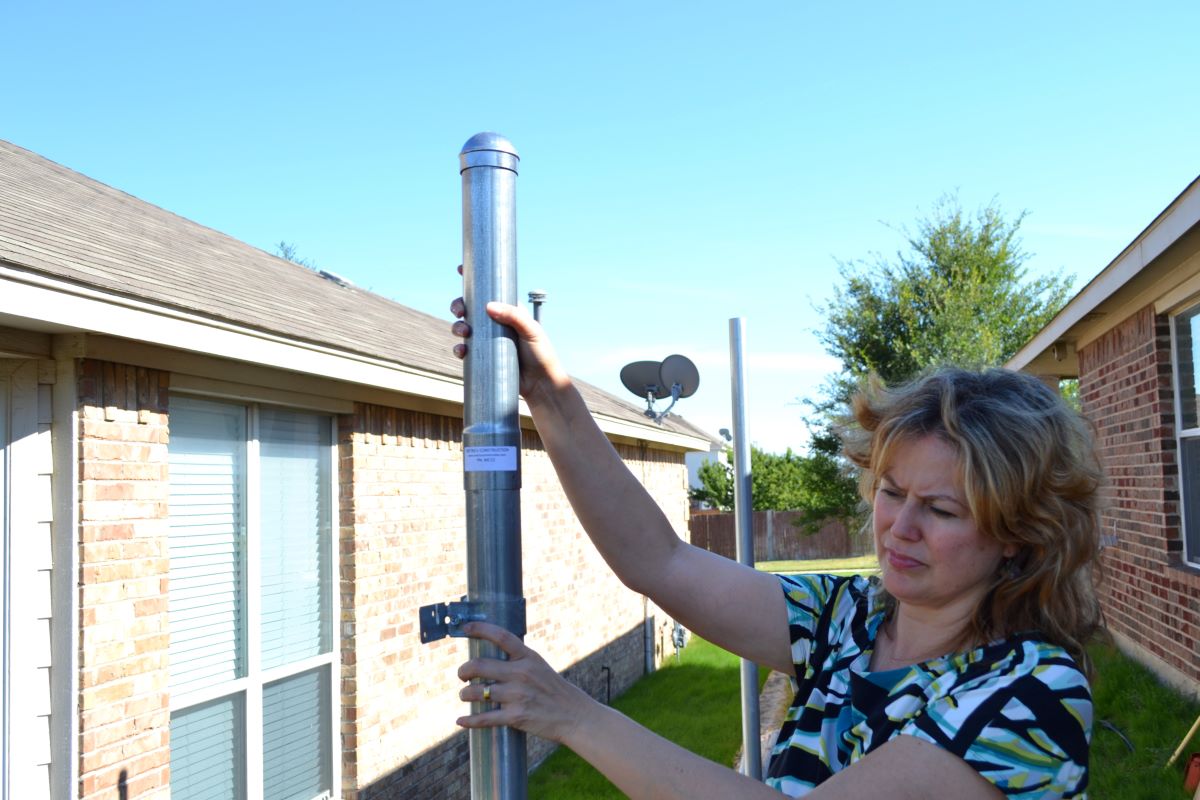
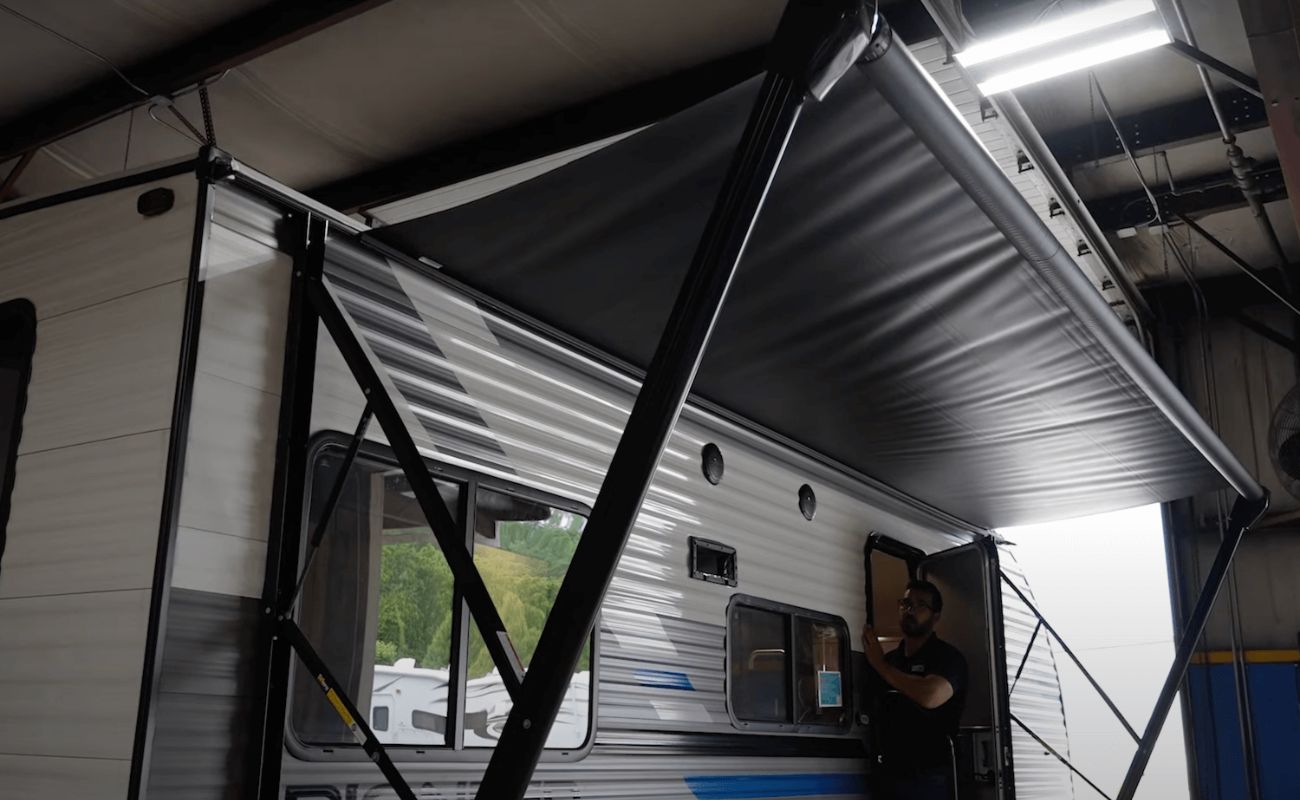

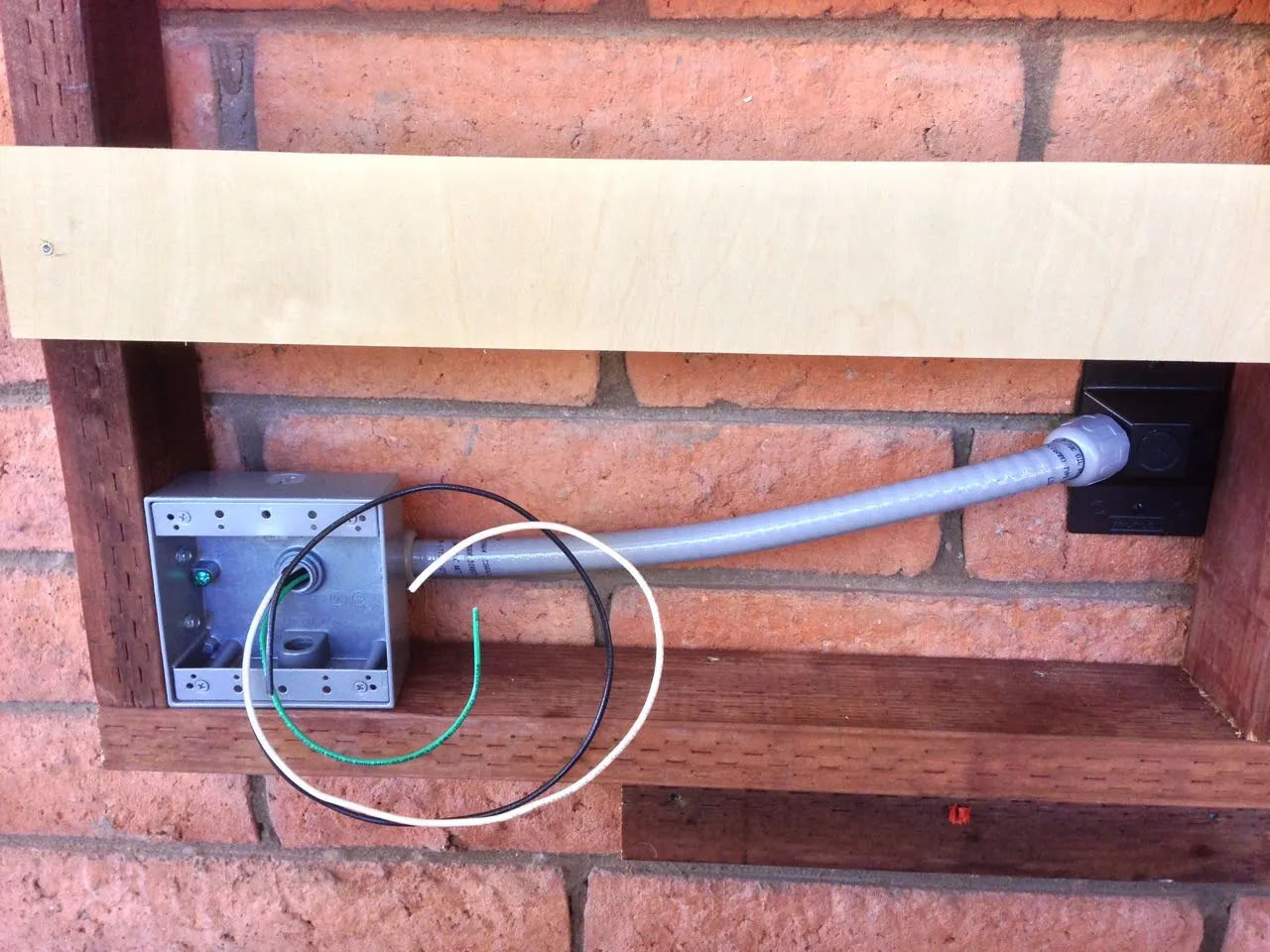
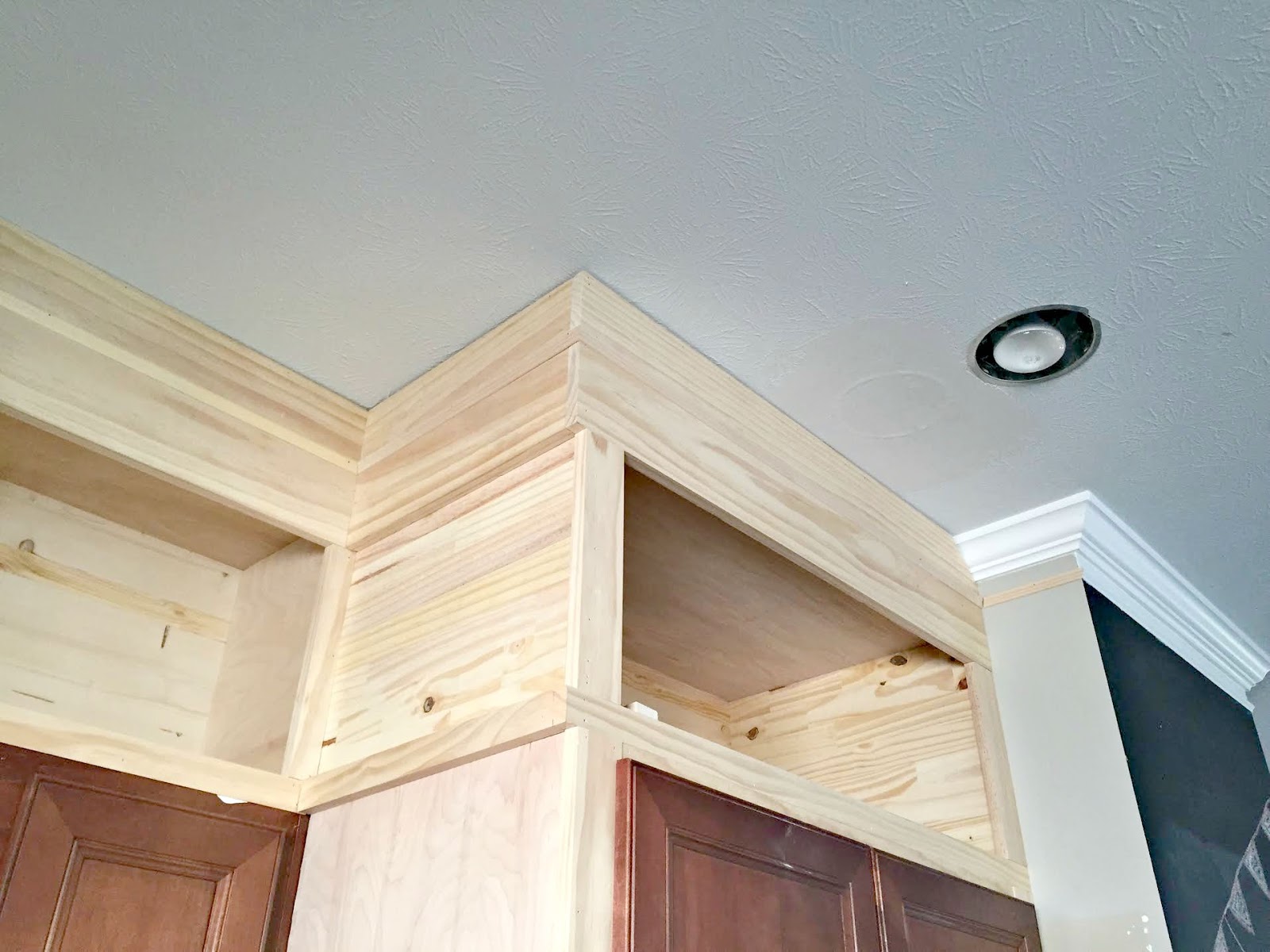



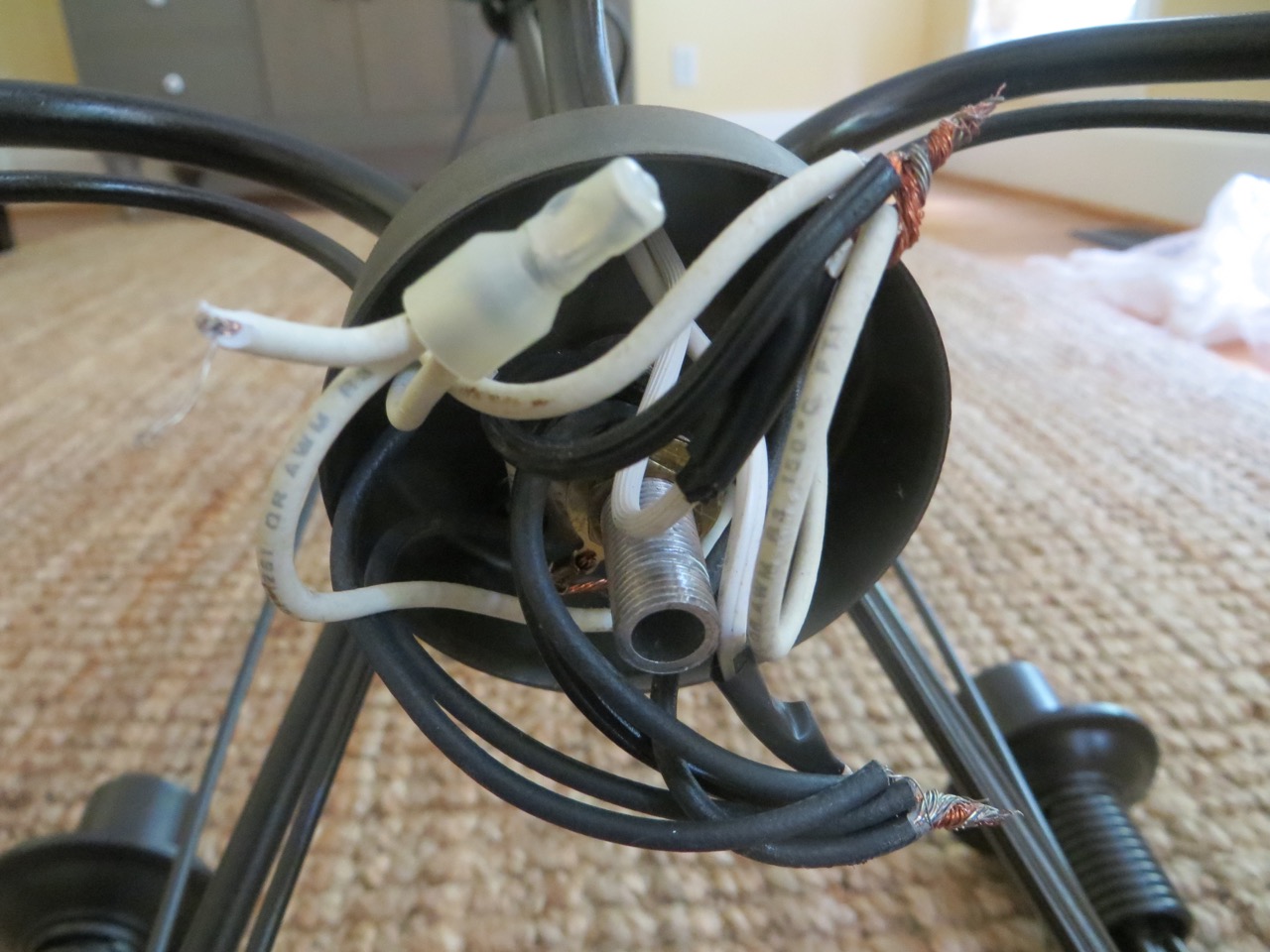

0 thoughts on “How To Extend Extension Ladder”